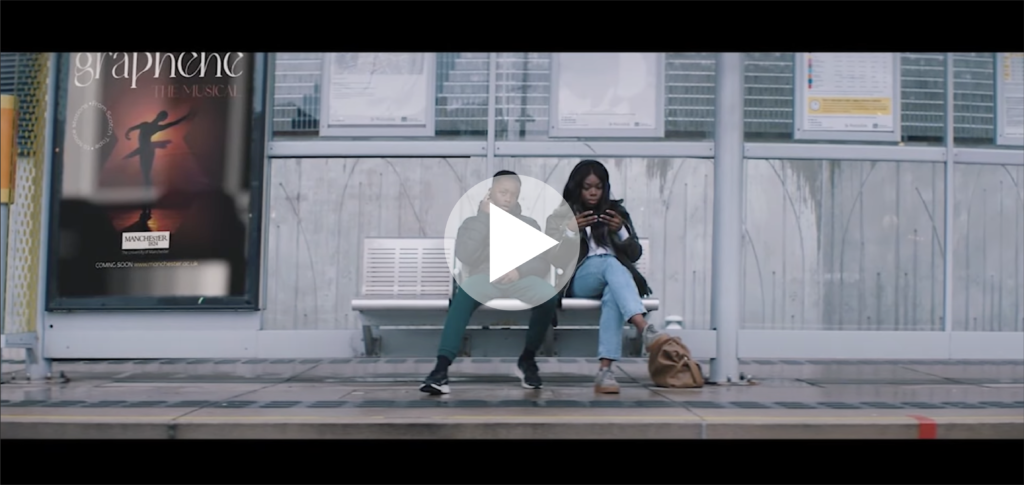New film highlights a sustainable ‘Graphene City’
Ever wondered how graphene was isolated? Or where it is used in the real world? How about how the material can make our lives more sustainable?
The University of Manchester has just launched this brilliant short film to give you the low-down on what this 2D wonder material can really do.
The Graphene@Manchester film puts advanced material science in the real-world and highlights the benefits of graphene around sustainability.
Watch and discover how research into this advanced material has created new products to make construction greener, water cleaner and a whole host of everyday objects in the ‘Graphene City’ lighter, stronger and more sustainable.
Watch now!
Did you know?
Graphene was discovered using sticky tape!
Graphene was first isolated in 2004 by two researchers at The University of Manchester, Professor Andre Geim and Professor Kostya Novoselov by making graphene using a lump of graphite (found in pencils) and sticky tape! They won the Nobel Prize for their discovery in 2010.
When they stuck the tape to the graphite, and peeled it off, they noticed some flakes were thinner than others. By separating the graphite fragments repeatedly into thinner and thinner layers, they managed to create the fine flakes that we now call graphene – watch Professor Geim talk about the discover in this recent BBC4 programme.
Graphene is just one atom thick!
Graphene was the world’s first 2D material and is one million times thinner than the diameter of a single human hair. You’d need a stack of about three million layers of graphene to make it just 1mm thick!
Graphene is transparent AND stronger than steel!
Graphene is around 200 times stronger than steel and 1,000 times lighter than paper – it is also transparent!
These amazing properties result from its structure of individual carbon atoms arranged in a flat hexagonal pattern – a bit like an atomic wire fence!
Graphene is a form of carbon!
Like diamonds and graphite, graphene is a form, or ‘allotrope’, of carbon.
Diamonds and graphite both have 3D structures, but the atoms of diamonds are tightly bonded 3D tetrahedrons, whereas in graphite, atoms are bonded tightly in 2D layers, which are held to the layers above and below by weak forces. Graphene is the 2D form of allotropes such as graphite and charcoal.
Find Out More
Here you can find some useful resources to read more about graphene:
Britannica Kids: https://kids.britannica.com/students/article/graphene/627384
Royal Society of Chemistry – Future Applications of Graphene Video: https://edu.rsc.org/resources/graphene-future-applications/1019.article
Graphene@Manchester: https://www.graphene.manchester.ac.uk/
Twinkl – Teaching Resources : https://www.twinkl.co.uk/teaching-wiki/graphene


